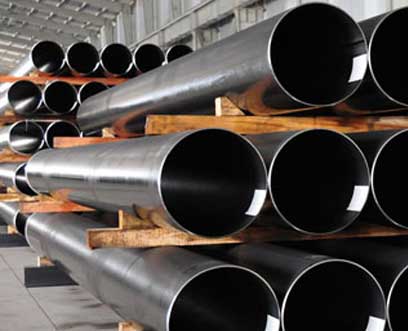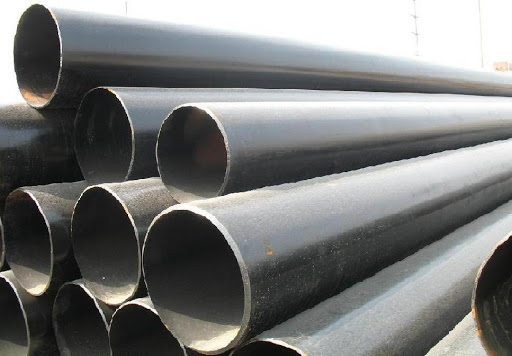
The biggest difference between high frequency resistance welded pipe (Electric Resistance Welding, ERW) and seamless steel pipe is that ERW has a weld seam, which is also the key to the quality of ERW steel pipe. Modern ERW steel pipe production technology and equipment, due to years of unremitting efforts internationally, especially in the United States, has made the seamlessness of ERW steel pipes a relatively satisfactory solution. Some people divide the seamlessness of ERW steel pipes into geometric seamlessness and physical seamlessness. Geometric seamlessness is to remove the internal and external burrs of the ERW steel pipe. Due to the continuous improvement and perfection of the structure of the internal burr removal system and the cutting tools, the removal of burrs in large and medium-diameter steel pipes has been better handled. The internal burr can be controlled within -0.2mm~+0.5mm. Physical seamlessness refers to the difference between the metallographic structure of the weld and the base metal, which causes the mechanical properties of the weld area to decrease, and measures need to be taken to make it uniform and consistent. The high-frequency welding thermal process of ERW steel pipe creates a temperature distribution gradient near the edge of the tube blank, and forms characteristic areas such as melting zone, semi-melting zone, overheated structure, normalizing zone, incomplete normalizing zone, and tempering zone. Among them, the superheated zone structure due to the welding temperature above 1000 ℃, the austenite grains grow up sharply, and the hard and brittle coarse crystal phase will be formed under cooling conditions. In addition, the existence of temperature gradients will cause welding stress. In this way, the mechanical properties of the weld area are lower than that of the base metal. The physical seamlessness is achieved through the local conventional heat treatment process of the weld, that is, the intermediate frequency induction heating device is used to heat the weld area to AC3 (927°C), and then proceed for 60m. The length and speed of the air cooling process is 20m/min, and then water cooling is needed when needed. The use of this method achieves the purpose of eliminating stress, softening and refining the structure, and improving the comprehensive mechanical properties of the welding heat-affected zone. At present, the world's advanced ERW units have generally adopted this method to process the welds, and good results have been obtained. The high-quality ERW steel pipe not only cannot distinguish the weld, but also the weld coefficient reaches 1, realizing the match between the weld area and the base metal.

At the same time, the ERW steel pipe has the advantages of using hot-rolled coil as the raw material, and the uniform wall thickness can be controlled at about ±0.2mm. The two ends of the steel pipe are in accordance with the American APL standard or the GB/T9711.1 standard, and the ends are beveled and delivered to a fixed length. Etc. In recent years, various natural gas pipeline network projects and gas companies have widely adopted ERW steel pipes as the main pipe materials for urban pipeline networks.
